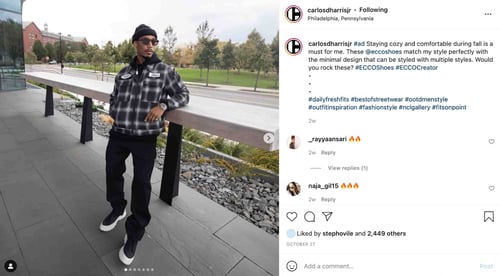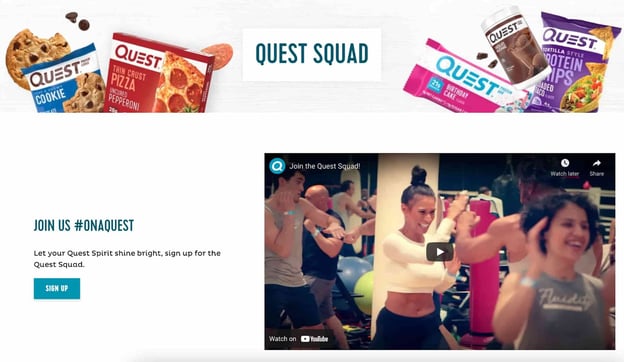Have you ever bought something because your idol used the product or service? It is a kind of Influencer marketing. In this guide, let’s explore what is Influencer marketing and some important stats of this marketing strategy.
What is Influencer Marketing?
Influencer marketing employs leading, niche content creators to enhance brand awareness, increase traffic, and drive messages to brands’ goal audiences. It’s this collaboration between brands and creators that enables businesses to increase their reach across their buyer personas.
Examples of those channels include social media, blogs, columns, digital and print ads, and television. Influencer marketing is getting more popular nowadays because traditional advertising has become less effective in attracting leads and customers.
Influencer marketing works effectively as it uses techniques like word-of-mouth marketing and social proof, which are now important parts of every successful marketing technique.
Customers trust their friends, and other people they admire more than the businesses that sell the services and products.
Before learning more about every type of influencer, let’s see the difference between a brand influencer and a brand ambassador, as you may feel confused.
Brand Influencer vs. Brand Ambassador
A brand influencer refers to somebody who has a following within a particular niche that they interact with frequently. Because of this, they have the ability to impact their purchase choices.
The main types of brand influencers are:
- Micro-influencers
- Celebrity influencers
- Blog influencers
- Social media influencers
- Key opinion leaders.
We’ll define every type later on.
For instance, social media influencer @carlosdharrisjr lately partnered with ECCO Shoes to advertise its product. Harris tags the brand in his posts to increase the awareness of the brand and encourage his audiences to learn more about this brand.
A brand ambassador is hired by a business and works under contract to help the business achieve particular goals: improve brand awareness and increase conversions and sales.
A brand ambassador’s contract is usually long-term, anywhere from several months to years. Throughout that time, they symbolize the brand and the lifestyle associated with it and have deep information about the business’s products or services. They don’t really need to be an influencer to become an ambassador.
For instance, Quest Nutrition’s brand ambassador program requires all people to apply to their program. Quest appears for individuals who embody their brand, are positive spokespeople for their products, create social media posts to advertise their products, and reside in the Quest lifestyle.
Anybody who matches their criteria can apply and may be accepted. They don’t ask you to have a famous YouTube account, thousands of followers on Instagram or a popular blog to turn into a brand ambassador.
In this article, we’re going to concentrate on brand influencers.
However, before we dive into the various types of brand influencers, let’s check out some essential statistics that prove working with an influencer is efficient in helping you reach your goals.
2021 Influencer Marketing Stats
Influencer marketing is a great investment. To make it right, you need to spend time making sure you find a suitable influencer to promote content that appeals to your target audience.
You also need to spend money and/ or resources to reward the influencer, run various campaigns with the influencer, and extra depending on your specific advertising goals.
Here are some statistics that will help you understand Influencer marketing in 2021:
- In 2021, roughly 58% of marketers said influencer marketing was the best marketing trend, ahead of search engine optimization, experiential marketing, and short-form video content.
- 80% of marketers say influencer marketing is efficient, and 89% say it really works just as well (if not better) than different marketing channels.
- In 2022, 86% of entrepreneurs plan to keep investing the same quantity or increase their investment in influencer marketing.
- Instagram is the preferred platform for influencer marketing. Nonetheless, Facebook is considered the best social platform for influencer campaigns.
- 71% of marketers say the quality of consumers and traffic from influencer marketing is better than different sources.
- In 2022, 71% of marketers have a plan to gain their investment in influencer marketing on Clubhouse.
- Snapchat and Twitch are the lowest-performing channels for advertising with influencer. In consequence, they’re the top two platforms marketers plan on divesting from in 2022.
- The most important challenge marketers face with influencer marketing is measuring the ROI of the campaign. Cost is the second-largest hurdle marketers face.
- Of all age groups, Gen Zers trust influencers the most.



